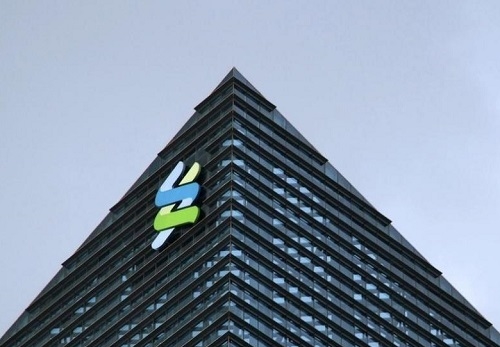Innovation and local reach drive Standard Chartered’s client clearing service

Client clearing in Asia is gathering steam as mandates come into force across the region and the globalisation of the OTC market reform pulls in an increasing pool of market participants.
Standard Chartered has combined its pedigree and deep history in the Asian market with its status as a major international bank to develop a client clearing offering well suited for the fast growing Asian investment market.
Standard Chartered is a relative newcomer to the world of OTC clearing having built the offering out following the hiring of Luke Brereton and Andrew Sterry as co-heads of the Prime Services business.
“We built our clearing platform after many others in the industry, and had the advantage of developing based on a known regulatory landscape and utilising technology providers that had already developed expertise and experience in the market,” says Sterry.
“We have evolved our technology platform in a way that everything we build is complementary and developed with the foresight of what is coming next and how it adds value to what we currently do.”
That philosophy has enabled Standard Chartered to build a market leading client clearing offering in Asia with key innovations around its approach to risk management, pricing structures, offsetting cleared and uncleared exposures and dynamic allocation functionality across SEFs and MTFs.
Evolving with the market
The bank has evolved its clearing offering with its client base working with clients to develop their understanding of the clearing model and the cost and pricing implications of its adoption.
They have done so against a changing regulatory environment across Asia as various jurisdictions introduce OTC clearing mandates at different speeds and with different scopes.
“Asian regulators have learnt from the experiences in the US and Europe with their introduction of clearing mandates,” says Brereton. “They have taken the right approach and not used a sledgehammer when a more delicate operation is required.
“The majority of swaps trading activity originates from the US and Europe so there are clearly different approaches required for regulators in Asian markets.”
One challenge for clients in Asia and other emerging market economies has been the difference in their demand for clearing and the provision of clearing services by CCPs and clearing members.
“If you are a bank in Asia you might look at your portfolio and calculate that if you clear a large portion of your derivatives book you will get favourable capital treatment” says Brereton.
“But if the derivatives that you are most active in are not supported by a CCP, you will not be able to clear them. A lot of banks would like to take advantage of the benefits that come with clearing but they are not able to clear a vast majority of their portfolio.”
He cites a number of instruments that are currently not capable of being cleared such as cross currency swaps, certain local swaption products and several Asian currencies.
This has resulted in the bifurcation of portfolios between cleared and non-cleared and the associated increase in costs.
To mitigate this, Standard Chartered has developed a technology-driven approach to risk management that enables these positions to be margined on a net-risk basis, significantly increasing capital efficiencies and minimising the margin required.
“The fact that some products are required to be centrally cleared and others aren’t is ideal for us and many of our clients,” says Brereton.
He cites the example of providing FX prime brokerage to clients trading NDFs. When the client gives them up to the bank, Standard Chartered clears the dealer leg thus consolidating the dealer facing trades with the CCP reducing the total cost of ownership.
“That hybrid model is a real benefit as the client can gain efficiencies from clearing even if they are not clearing themselves. “
Pricing the offering
Another area of innovation has been in how Standard Chartered has priced its client clearing offering. The pressures on banks in the business following the introduction of Basel III-inspired capital charges and leverage and liquidity coverage requirements has been well documented.
Standard Chartered turned them into a selling point by incorporating the calculations into their pricing model and providing clients with a scientific and entirely transparent means of charging directly against the balance sheet usage required to fund a trade.
Brereton describes this approach, in which the client has complete visibility over the cost of their portfolios to the bank, as a “no brainer”.
“Clients really like the transparency and it helps them to know the cost of clearing and plan how they trade and execute,” he says. “We are running our service in a way that reduces our costs and subsequently the cost to the client.”
Found this useful?
Take a complimentary trial of the FOW Marketing Intelligence Platform – the comprehensive source of news and analysis across the buy- and sell- side.
Gain access to:
- A single source of in-depth news, insight and analysis across Asset Management, Securities Finance, Custody, Fund Services and Derivatives
- Our interactive database, optimized to enable you to summarise data and build graphs outlining market activity
- Exclusive whitepapers, supplements and industry analysis curated and published by Futures & Options World
- Breaking news, daily and weekly alerts on the markets most relevant to you



